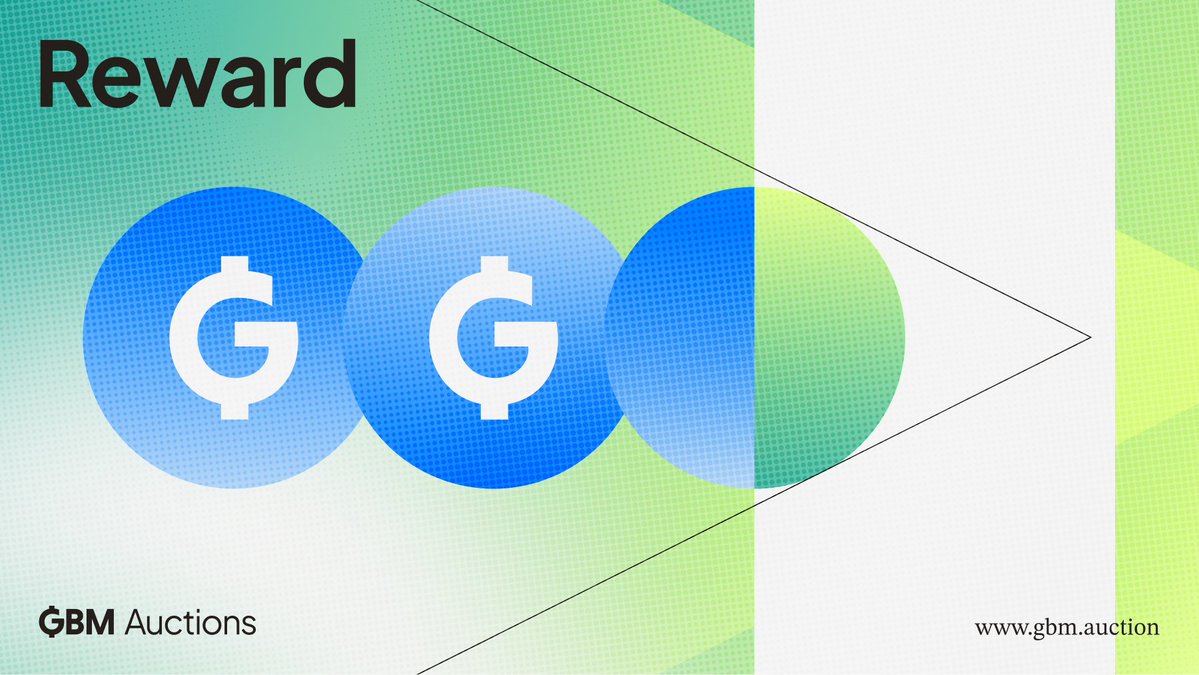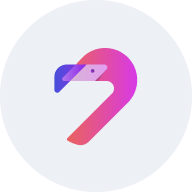
Aavegotchi price

Disclaimer
OKX does not provide investment or asset recommendations. You should carefully consider whether trading or holding digital assets is suitable for you in light of your financial condition. Please consult your legal/tax/investment professional for questions about your specific circumstances. For further details, please refer to our Terms of Use and Risk Warning. By using the third-party website ("TPW"), you accept that any use of the TPW will be subject to and governed by the terms of the TPW. Unless expressly stated in writing, OKX and its affiliates (“OKX”) are not in any way associated with the owner or operator of the TPW. You agree that OKX is not responsible or liable for any loss, damage and any other consequences arising from your use of the TPW. Please be aware that using a TPW may result in a loss or diminution of your assets. Product may not be available in all jurisdictions.
Aavegotchi market info
Market cap = Circulating supply × Last price

Aavegotchi Feed




Convert USD to GHST


Aavegotchi price performance in USD
Popular Aavegotchi conversions
| 1 GHST to USD | $0.31540 |
| 1 GHST to EUR | €0.27368 |
| 1 GHST to PHP | ₱18.0320 |
| 1 GHST to IDR | Rp 5,178.13 |
| 1 GHST to GBP | £0.23493 |
| 1 GHST to CAD | $0.43353 |
| 1 GHST to AED | AED 1.1583 |
| 1 GHST to VND | ₫8,241.44 |
About Aavegotchi (GHST)
- Official website
- White Paper
- Block explorer
Aavegotchi FAQ
Aavegotchi is a blockchain-based game that combines non-fungible tokens (NFT) and decentralized finance (DeFi) to launch a new and improved era of gaming. The project offers a unique and immersive gaming experience where players can own and interact with digital collectible avatars called Aavegotchis, earn rewards, trade assets, and participate in in-game activities.
GHST holders are granted access to different features and services within Aavegotchi. Token holders also enjoy voting rights, enabling them to participate in the decision-making processes of the platform. Additionally, by staking a portion of their GHST holdings, users can earn rewards, further incentivizing active participation and engagement.
Easily buy GHST tokens on the OKX cryptocurrency platform. OKX’s spot trading terminal offers the GHST/USDT trading pair.
You can also swap your existing cryptocurrencies, including XRP (XRP), Cardano (ADA), Solana (SOL), and Chainlink (LINK), for GHST with zero fees and no price slippage by using OKX Convert.
Monitor crypto prices on an exchange
ESG Disclosure
Convert USD to GHST


















Socials